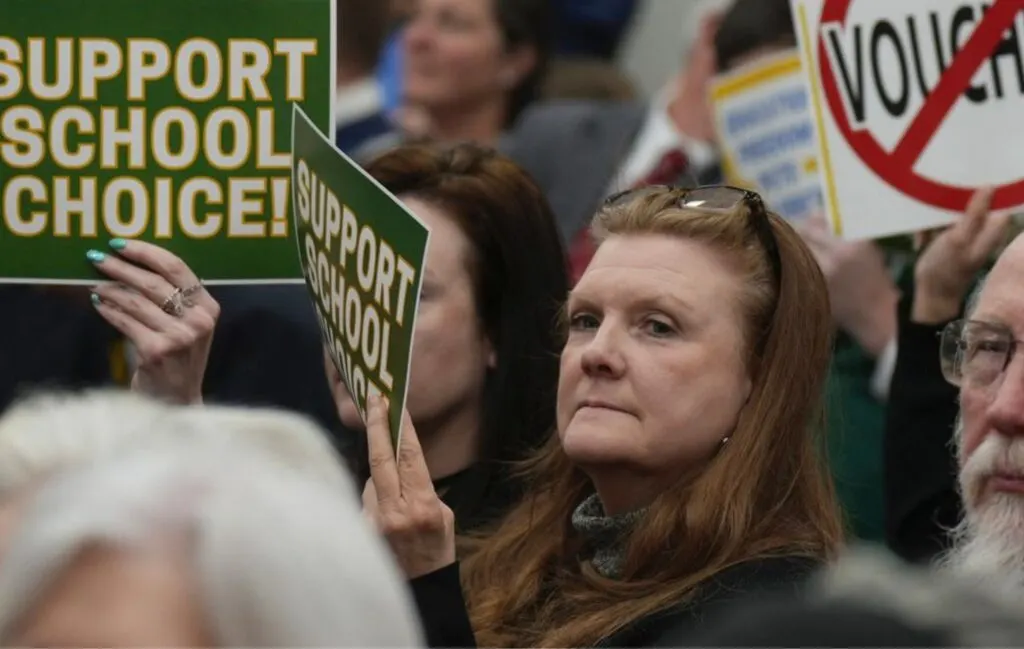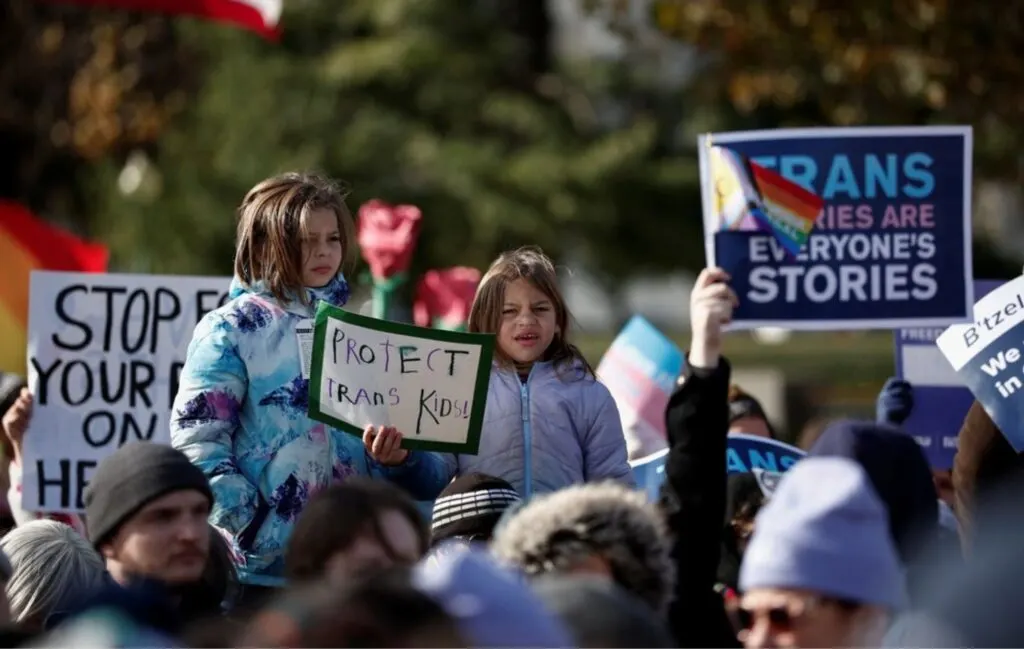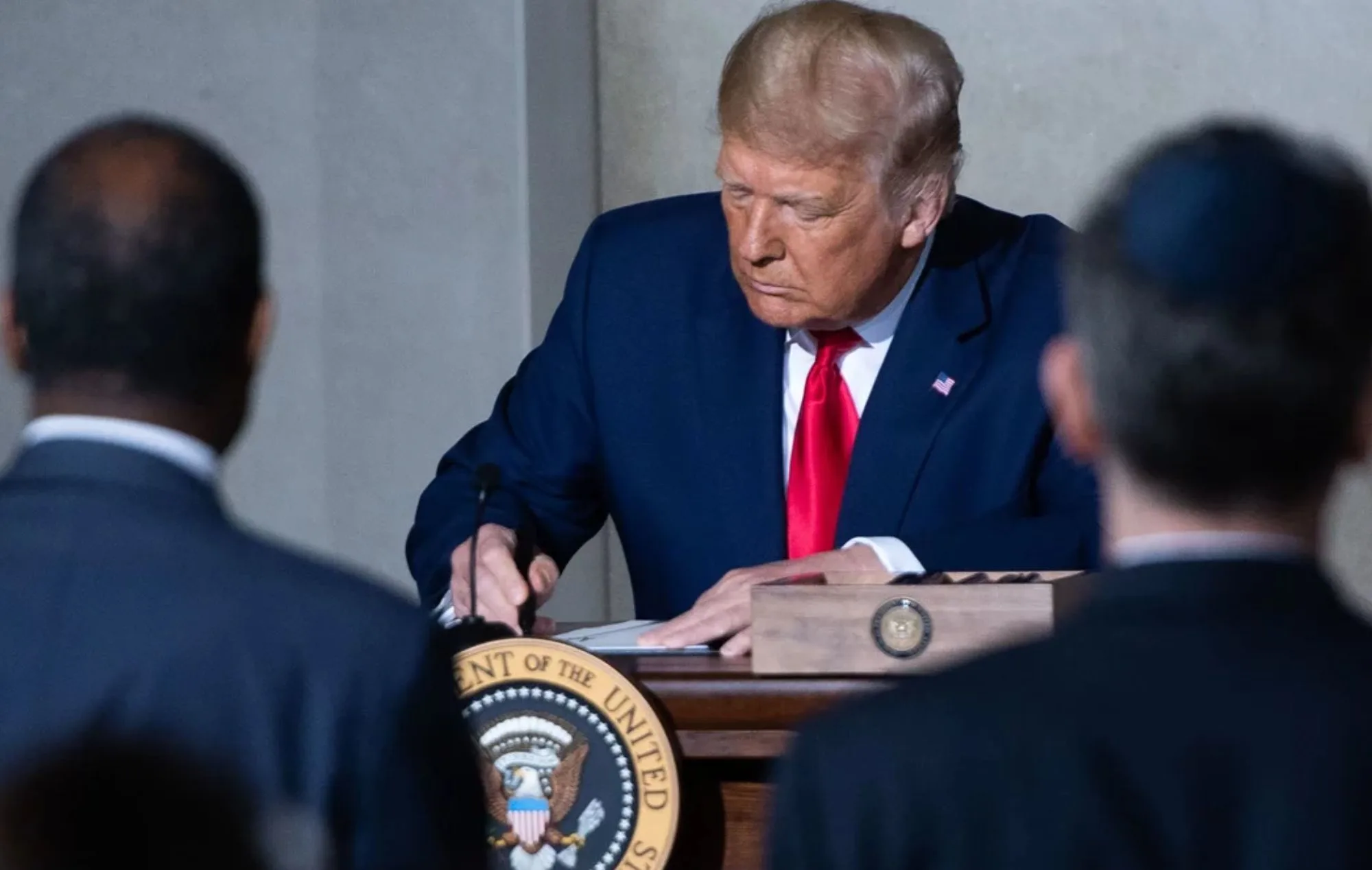Overview
On Wednesday, January 29, President Trump signed two executive orders that focus on expanding private school options, fighting against what he calls “radical indoctrination” in schools, and taking punitive action against teachers who help students with social transitions.
The orders also push for federal funds to revive a patriotic education commission he created in 2020, setting limits on transgender and gender-nonconforming students’ participation in sports and use of bathrooms that match gender identity. The order claims to be centered on “protecting parental rights” and relies on the Family Educational Rights and Privacy Act and the Protection of Pupil Rights Amendment as well as on Title IX and Title IV: “the implementation of this order could, therefore, have significant implications for agencies’ enforcement of civil rights laws, as well as on their key data collections that ask about concepts like gender identity and race.”
School Choice

The U.S. Department of Education will now prioritize school choice, including universal K-12 scholarships, when reviewing grant applications and guiding states on how to use federal funds. The Defense and Interior departments are tasked with creating plans to allow military families and children in Bureau of Indian Education schools to use federal funds for private schooling. The Department of Health and Human Services will also issue guidance on using child care and family services funding at private and religious institutions.
Teachers’ unions quickly pushed back, calling the school choice order a way to illegally direct federal money to private schools. “President Trump is trying to privatize education through vouchers that have failed in Congress,” said National Education Association President Becky Pringle.
However, Frederick Hess, from the American Enterprise Institute, says the order mainly signals what the Education Department will prioritize in grant decisions and how states should use federal funds. “What will matter is how the departments put these plans into action and whether they reinterpret existing rules or offer new guidance.”
Ending “Radical Indoctrination”
These executive orders are among dozens Trump has issued since his second swearing-in, creating some confusion and legal challenges. The “Ending Radical Indoctrination in K-12 Schooling” order aims to cut funding from schools that teach “gender and equity ideologies” and take legal action against teachers who support a student’s “social transition” or engage in misconduct related to this issue. What that legal action would entail isn’t clear.
This executive order calls the concept of gender identity part of a “radical-anti-American ideology” that encourages students to “question whether to view their parents and their reality as enemies to be blamed.” It calls respect for transgender students and curriculum relating to our country’s history of racism “anti-American, subversive, harmful, and false ideologies.” It falsely implies that educators are “steering” students toward surgery without parental consent or involvement.

Patriotic Curriculum
While the U.S. government can’t directly dictate school curricula, Trump’s push for a “patriotic” 1776 curriculum faced resistance in 2020. Currently, transgender and nonbinary students still have the legal right to use the bathroom that matches their gender identity, even though the Supreme Court may be poised to rule on gender-affirming care for minors.
Education experts advise patience, noting that understanding how the new executive orders will be implemented will take time. “The education community often jumps to conclusions too quickly about Trump’s actions,” said Hess. “It’s better to wait for more clarity before getting too excited or critical.”
School Funding
Regarding the school choice order, Hess believes most of the proposals are reasonable. Despite Trump’s focus on school choice, it’s unclear how impactful these orders will be, considering federal funds only make up a small portion of K-12 school funding, with the bulk going to states for services for children with disabilities and those in poverty.
Derrell Bradford from the education policy group 50CAN expects military families to welcome the option of using federal funds to choose their children’s schools, given that Department of Defense schools are some of the best performing, but many families dislike frequent school switches. Bradford also believes the order will make it easier to expand charter schools, especially since the Biden administration slowed funding for them.
However, both Bradford and Hess question whether there are enough private school options for military families and students in the Bureau of Indian Affairs schools, especially overseas, to make the school choice plan viable.
This time around, Trump’s administration has a more experienced team to move quickly on education policy. In contrast, during his first term, there were fewer advocates for school choice, making it harder to roll out these changes. It is hard to tell what policies will actually be enacted, and only time will tell what teachers and students will face.
To find out more about school choice vouchers, click here.

